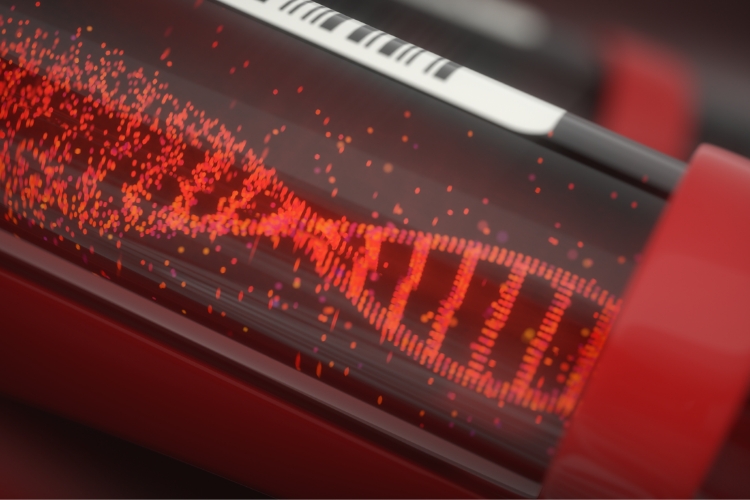







You’ve received a phone call telling you that you’re a preliminary match for a patient. Congratulations – you have been given a unique opportunity to save a life! Your decision to donate is a special commitment.
Somewhere in the world a patient is suffering from a life-threatening condition that may be treated by a bone marrow or peripheral blood stem cell transplant, and you may be that person’s match!
Every volunteer donor is listed in the worldwide registry with a unique donor number, date of birth, gender, and most importantly, their HLA tissue type. The patient has also had their HLA tissue type analyzed by the physician or transplant center, and by entering that information in the database, it is possible to find potential donor matches.
You will be asked to take a blood test at a laboratory or physician near your home. to confirm your tissue type and ensure you are the best match for the patient. The blood test will also check for any health conditions that could prevent you from donating, such as hepatitis
You will also complete a consent form stating that you intend to proceed with the donation, and fill out a Health History Questionnaire, which evaluates your current health condition. As a member of our registry, our primary concerns are that your health is protected, and that donating is a great experience for you.

Your blood test results can take up to 60 days. At that point, three things could happen:
Gift of Life does not know whether you are the only match or if there are multiple matches for a patient; only the patient’s transplant physician or transplant center has that information. If you are called as a match, you should be confident and comfortable with your decision to move forward with the process – you will be helping to save someone's life.
The only information that Gift of Life receives is the patient’s gender, age and diagnosis. The patient may be located anywhere in the world. Because the HLA factors that determine matches are inherited like hair and eye color, the patient is likely to be someone from the same ethnic group.
Without a donor, the patient will have no chance of survival. A transplant donor is being sought because this is the only possible treatment for this patient. Because every patient and their medical conditions are different, there is no way to predict the outcome of the transplant. Detailed statistics about transplantation are available from the Center for International Bone Marrow Transplant Research at cibmtr.org, with data categorized by many factors.
The transplant center will request a specific type of transplant to offer the best chance for the patient’s recovery. Today, more than 90 percent of donations are peripheral blood stem cells, with the remaining 10 percent requesting marrow. Bone marrow transplants are most often done for children. If you feel strongly about donating only peripheral blood stem cells or bone marrow, please let your Gift of Life coordinator know in order to discuss your options.
Early in the process we ask you to sign an intent to donate form, in effect, that you are making a personal pledge to donate and save a life. Commitment to completing the process and making the donation is incredibly important: someone’s life depends on it.
This procedure is not optional for the patient – without a transplant he or she will not survive. When the patient is being prepared for the transplant, their entire immune system and bone marrow will be eliminated through chemotherapy and radiation therapy. When the patient receives the transplant, they are getting an entirely new immune system, free from the life-threatening disease or condition. The patient’s second chance at life depends on you completing the donation.
You have the right to withdraw at any time, but once the recipient undergoes the transplant conditioning regimen, he or she will not survive without your donation.
The next step in the process is called Donor Workup, where you’ll get the best medical exam of your life so you can be cleared to donate. Click below to go to the next section.